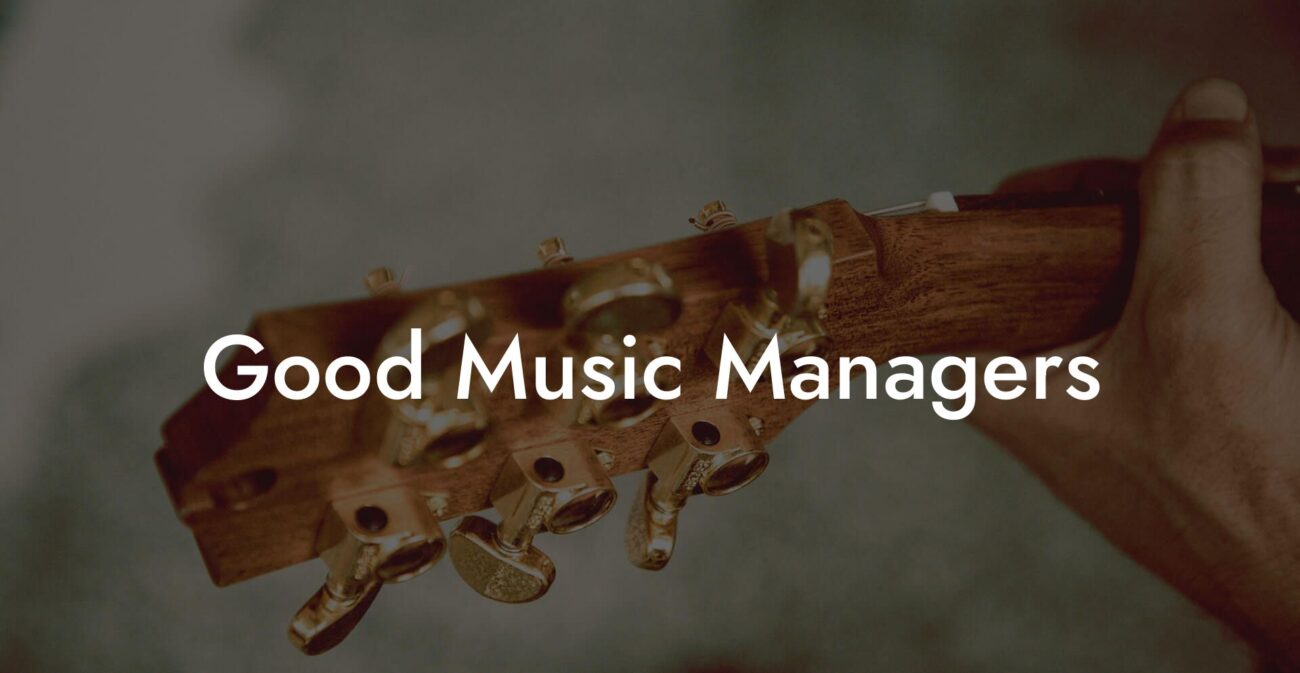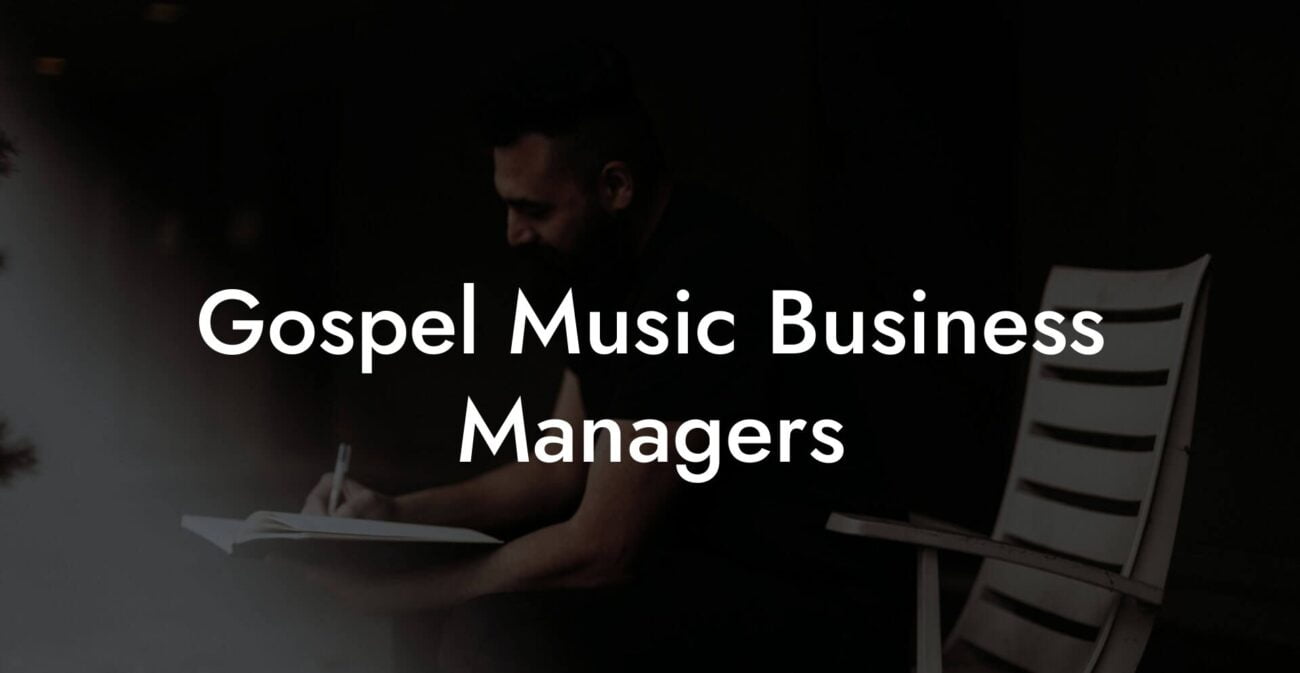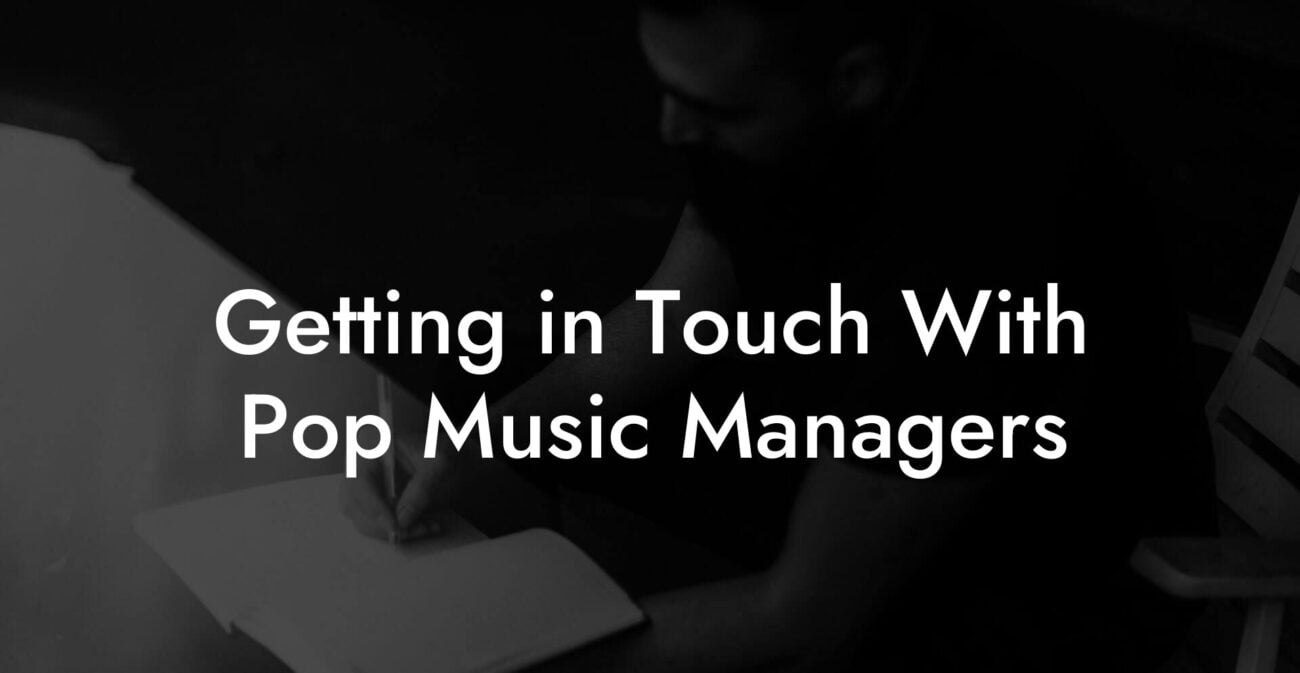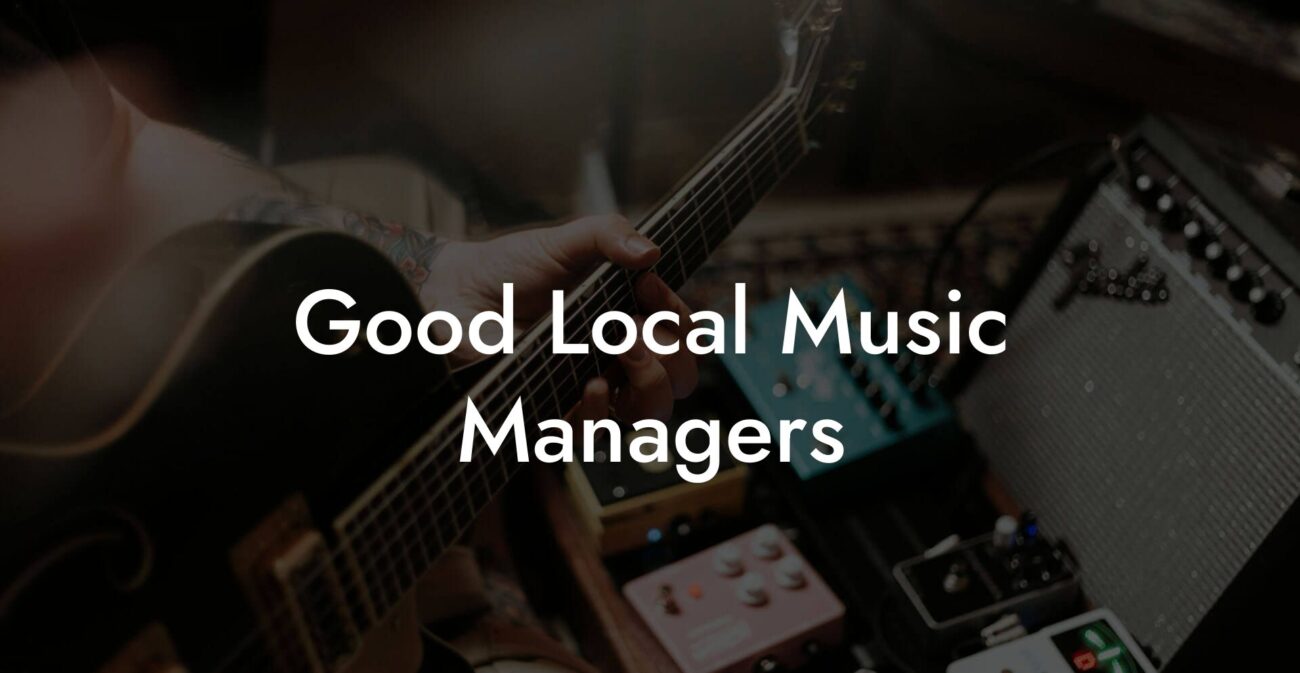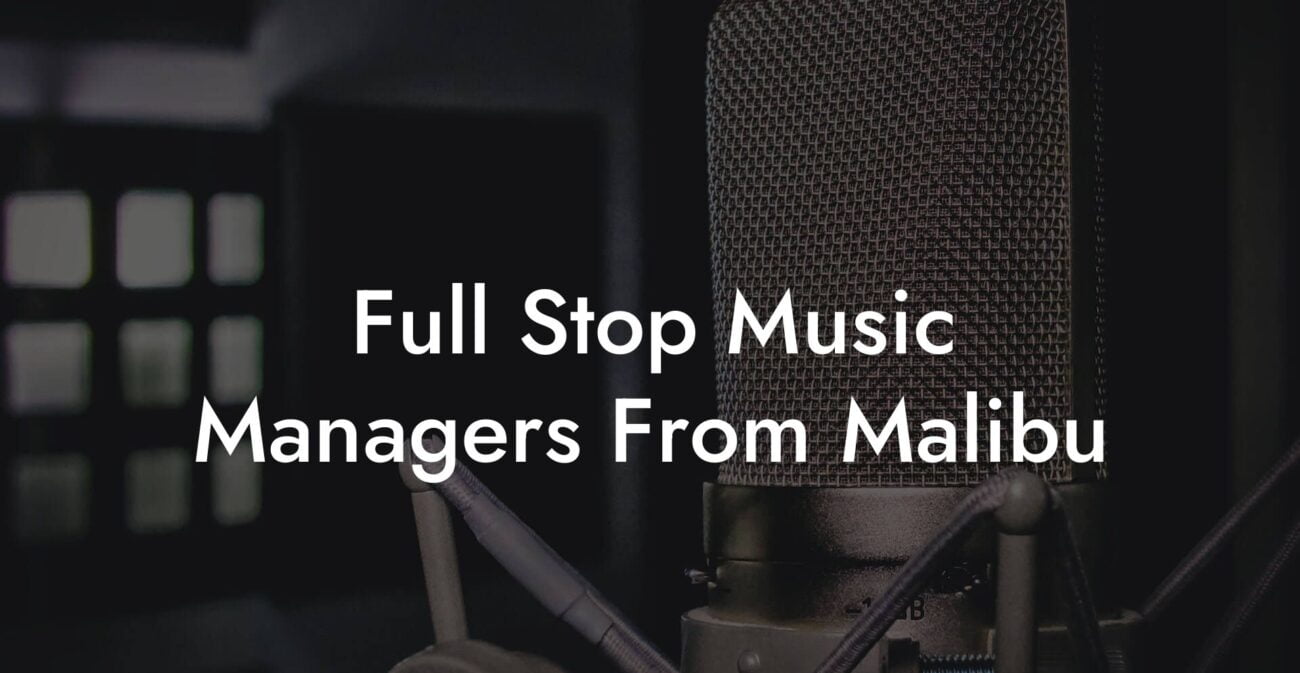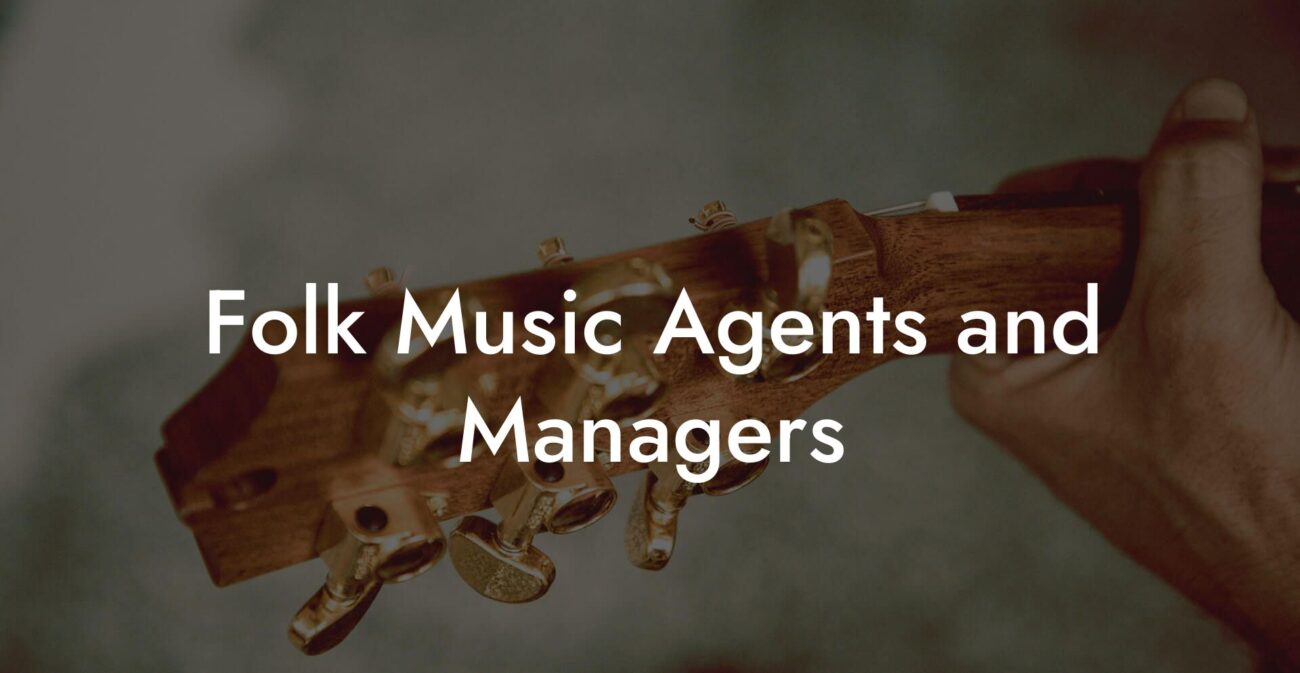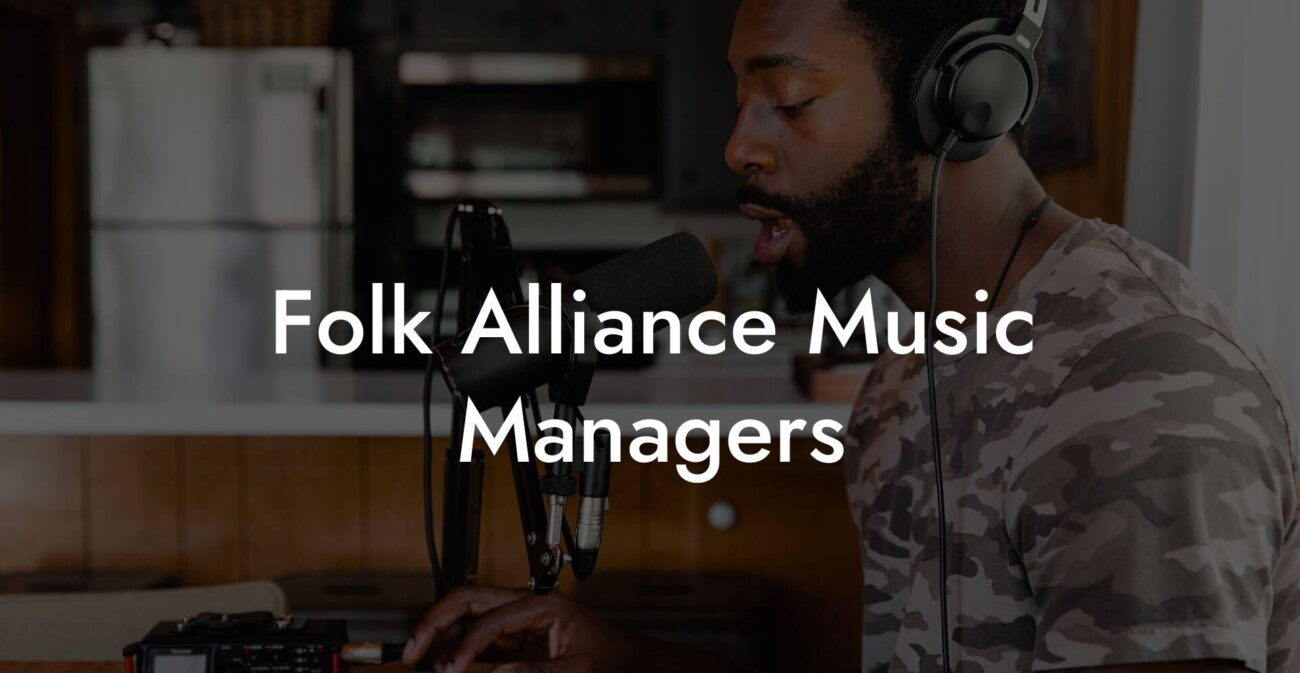Songwriting Advice
How To Write A Good Chorus
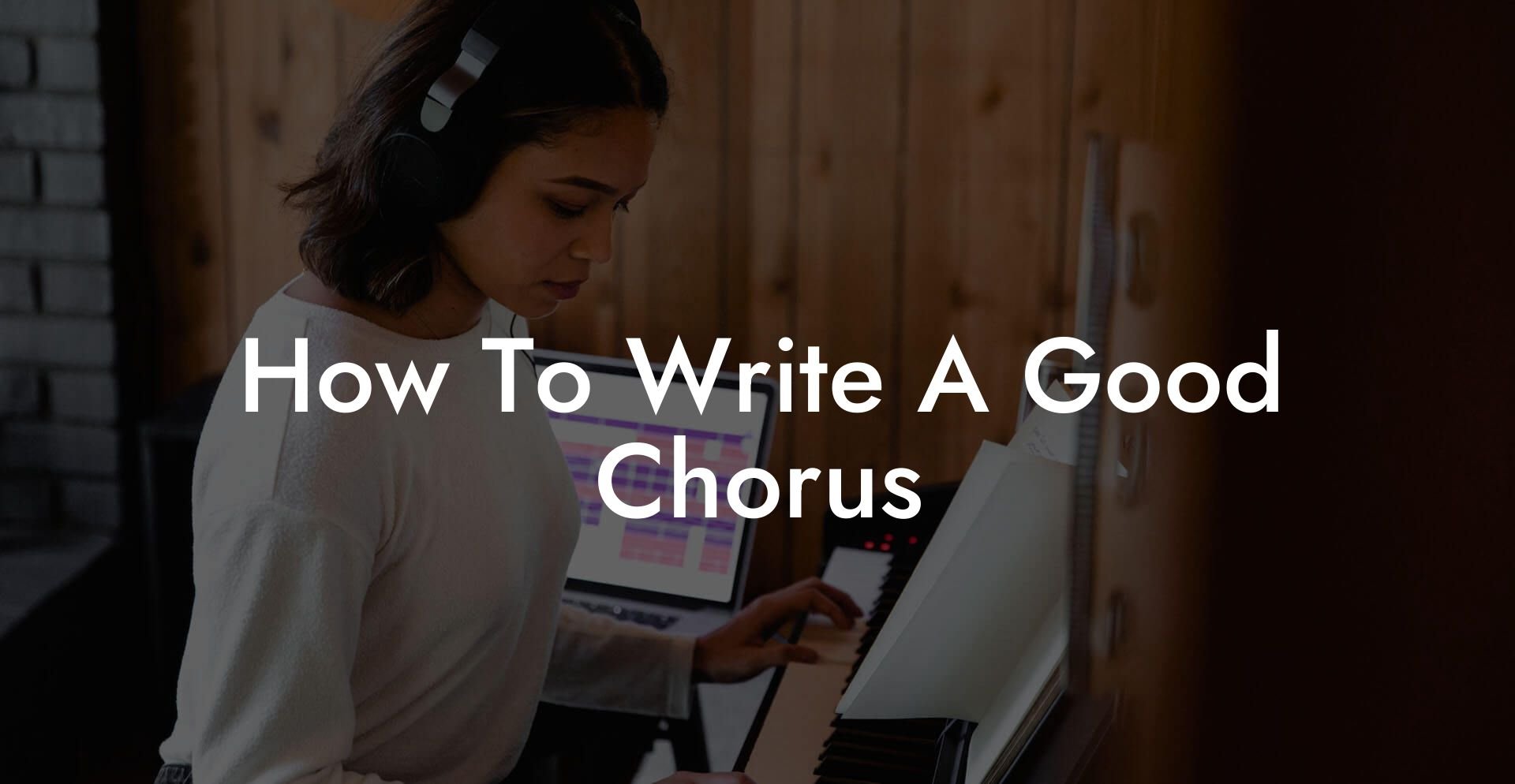
You want a chorus that people hum in the grocery line. You want a chorus that shows up in their head when they are trying to sleep. You want something so obvious that the first time it plays the listener thinks they already knew it. This guide gives you the brutal, hilarious, and practical steps to build choruses that arrest attention and refuse to leave.
Quick Interruption: Ever wondered how huge artists end up fighting for their own songs? The answer is in the fine print. Learn the lines that protect you. Own your masters. Keep royalties. Keep playing shows without moving back in with Mom. Find out more →
Quick Interruption: Ever wondered how huge artists end up fighting for their own songs? The answer is in the fine print. Learn the lines that protect you. Own your masters. Keep royalties. Keep playing shows without moving back in with Mom. Find out more →
Quick Links to Useful Sections
- Why the Chorus Matters
- Core Promise: Your Chorus Mission Statement
- Chorus Anatomy
- Melody
- Lyrics
- Rhythm and Groove
- Harmony
- Chorus Templates You Can Steal Right Now
- Template 1 Classic Pop
- Template 2 Single Hook Loop
- Template 3 Anthem
- Melody Moves That Work Every Time
- Move One: The Punch Then The Flow
- Move Two: Motif Repeat
- Move Three: Rhythmic Space
- Move Four: Singability Test
- Lyric Techniques That Make Chorus Lines Pop
- Ring Phrase
- List Escalation
- Callback
- Concrete Detail
- Rhyme Choices For Modern Choruses
- Prosody: Where Meaning Meets Meter
- Arrangement And Production Tricks That Elevate The Chorus
- Chorus Length And Placement
- Examples With Before And After Edits
- Example One
- Example Two
- Genre Notes: Adapting The Chorus To Style
- Pop
- Rock
- R and B
- Hip hop
- EDM
- Songwriting Exercises To Force A Better Chorus
- Exercise One Vowel Pass
- Exercise Two Title Ladder
- Exercise Three Object Drill
- Exercise Four Prosody Speed Test
- How To Finish A Chorus Fast
- Common Chorus Problems And Quick Fixes
- Real World Scenarios
- Scenario One You Play Live For Friends
- Scenario Two You Want Radio Play
- Scenario Three You Want A Viral Hook
- How To Use Hooks And Tags
- FAQ
This is written for artists who want results and do not have time for theory fluff. Expect templates you can steal, melody moves that actually work, lyrical edits that make your chorus sing, and exercises that force a hit to exist now not later. We also explain industry shorthand. If anything looks like jargon we break it down in plain language with real life examples that feel like text from a friend who is both drunk and right.
Why the Chorus Matters
The chorus is the emotional headline of a song. It is the part that says the point out loud and gives the listener a place to land. Think of the verse as the paragraph and the chorus as the billboard that everyone remembers on the highway. A chorus does three jobs and nails those jobs every time.
- It states the emotional promise so the listener knows why they listened in the first place.
- It delivers the melodic hook which is the musical phrase the brain latches onto.
- It offers repetition so the idea becomes memory through reuse.
If your chorus fails one of those jobs the whole song leaks energy. A chorus can be short and brutal or long and cinematic. The format is less important than the clarity of the promise and the strength of the hook.
Core Promise: Your Chorus Mission Statement
Before any melody or production, write one sentence that captures the chorus promise. Say it like you are explaining to your roommate at 2 a.m. No flourishes. No metaphor unless it helps the point. This sentence is your title seed and the emotional center of the chorus.
Examples
- I am done waiting for you to change.
- Tonight I will finally say yes to myself.
- I keep calling you and I know it is wrong.
When you have that sentence you can turn it into chorus lines by making it singable. The title of the song is often the chorus promise compressed into a short phrase. Short titles are not a rule. Short titles are a weapon.
Chorus Anatomy
Every chorus is a machine built from parts. Know the parts and you can rebuild any hit.
Melody
The melody is the chorus identity. It should have a clear shape and an easy to remember contour. Most successful choruses do one or more of these moves.
- Leap into the title followed by stepwise motion. The leap gives a moment of surprise. The steps let the ear settle.
- Repetition of a short motif that the listener can sing back after one listen.
- Wider range than verse so the chorus feels like lift. If the verse lives low, move the chorus higher by an interval such as a third or a fifth.
Real life example: Imagine you sing a line that jumps up on the word freedom and then walks down. That jump is the part fans will hum under their breath at work.
Lyrics
Chorus lyrics need to be specific enough to feel like a real thought and simple enough to be remembered. Use short sentences. Use strong verbs. Use one clear idea. If your chorus reads like a paragraph you will lose people between the first bar and the second.
Rule of thumb
- State the core promise in plain speech.
- Repeat or paraphrase it once for emphasis.
- Add a small twist on the final line to give the ear an aftertaste.
Real life scenario: If the promise is I will not call you, the chorus could be I will not call. I will pocket my phone. I will still listen for your ring in the train noise. The twist gives imagery and makes the idea feel lived in.
Rhythm and Groove
How lyrics land in rhythm decides how sticky they are. Strong words should land on strong beats. If your chorus has heavy words landing on weak beats it will feel like a costume. Speak your lines out loud at conversation speed and mark the stress. Align those stresses to the beat. If the beat and the meaning fight each other the listener will win and your chorus will limp.
Harmony
Chords are the color of the chorus. You do not need complex harmony to make a chorus hit. A four chord loop or a simple tonic to relative minor move can give you enough color. Use harmonic contrast between verse and chorus to make the chorus feel like arrival.
Tip: Borrowing a single chord from the parallel key can create lift that sounds like a money note. That means if you are in a minor key bring in one major chord from the major key version. If you are in major borrow one minor for tension. That small change is dramatic without being precious.
Chorus Templates You Can Steal Right Now
Templates get you out of analysis paralysis. Steal them. Rewrite everything. Make them yours. These are starting points that work for modern audiences.
Template 1 Classic Pop
One to two lines stating the promise. Repeat the main line. Add a one line punch that shows consequence. Keep melody simple and wide. Put the title on the first or second line.
Example outline
- Line 1: Title line on downbeat
- Line 2: Repeat or paraphrase
- Line 3: Small twist that adds detail or consequence
Template 2 Single Hook Loop
A one phrase hook repeated three or four times with a small vary on the last repeat. Great for electronic and dance songs where the lyric is a percussion instrument.
Example outline
- Phrase: Keep your distance
- Repeat: Keep your distance
- Last line: Keep your distance now for good
Template 3 Anthem
Short declarative title line. Two supportive lines that expand the idea. A repeated shout at the end for communal singing. Build harmony and layering with each repeat.
Example outline
- Line 1: I am alive
- Line 2: Streets are mine tonight
- Line 3: Sing with me now I am alive
Melody Moves That Work Every Time
If your melody is boring the lyric will not save it. Use these moves to craft a chorus melody that sticks.
Move One: The Punch Then The Flow
Jump on the key word then descend by steps. That single jump is the chorus handshake. It tells the brain we mean business.
Move Two: Motif Repeat
Create a two or three note motif and repeat it with small variations. Variation can be rhythmic or melodic. The motif becomes the earworm device.
Move Three: Rhythmic Space
Give the melody room to breathe. A short rest before the title line creates expectation. Silence is an instrument. Use it sparingly to make the chorus feel earned.
Move Four: Singability Test
Sing the melody on vowels without words. If it is easy to sing and repeat twice you are close. If your throat cramps you are doing pop math wrong. Adjust for comfort.
Lyric Techniques That Make Chorus Lines Pop
Great choruses use a small set of lyric devices to be memorable. Use them consciously.
Ring Phrase
Start and end the chorus with the same short phrase. That circular feeling makes the chorus feel complete. It is how stadium chants are born.
List Escalation
Three items that build in intensity. Example I left my keys, I left my shirt, I left my heartbeat on your floor. The escalating list gives momentum without extra words.
Callback
Bring a small image from the verse into the chorus with an altered meaning. The listener feels reward for paying attention.
Concrete Detail
Replace abstract language with a tiny object or action. Instead of saying I miss you say The other coffee cup sits upside down in the sink. The chorus will feel lived in and bigger than itself.
Rhyme Choices For Modern Choruses
Rhyme can be elegant or cheap. Avoid mechanical rhyme at every line. Mix perfect rhymes with family rhymes and internal rhymes to keep it natural.
Family rhyme means words that are close enough to feel like rhyme even if they do not match exactly. Example early, thirty, hurry. Use a perfect rhyme at the emotional turn for emphasis and let family rhyme do the supporting work.
Prosody: Where Meaning Meets Meter
Prosody is the fancy word for making word stress and musical accents agree. When prosody works the chorus feels inevitable. When prosody fails the chorus feels like a mime performing underwater. Do this quick test.
- Speak the chorus aloud at natural speed.
- Mark the stressed syllables.
- Play the chorus melody and check whether those syllables fall on strong beats or long notes.
If a strong word is on a weak beat change the lyric so stress moves or change the melody so the beat and meaning agree. Real world scenario: You wrote the line I will be okay. When sung the stress might land awkwardly. Try I am okay now. The stress moves where the music wants it.
Arrangement And Production Tricks That Elevate The Chorus
Production choices can make an average chorus sound huge. Use these tricks like seasoning. Too much ruins dinner.
- Layering Add doubles of the vocal in the chorus. One bright double panned left and right is enough.
- Frequency carve Remove competing frequencies from instruments during the chorus so the vocal sits forward.
- One new element Introduce one clear new sound in the chorus. It could be a synth stab or a guitar lick. The ear notices change.
- Space Add a tiny reverb tail on the vocal to make the chorus feel bigger. Do not turn it into a swamp.
- Automation Slightly raise the vocal level in the chorus. Even two dB tells the ear this is the moment.
Real life example: A song added a single brass stab in the chorus on the offbeat and suddenly radio program directors paid attention because the chorus now had a personality.
Chorus Length And Placement
There are no absolute rules but these heuristics guide good decisions.
- First chorus should arrive by the end of the first minute. If it shows up later attention drops.
- Keep choruses concise. Two to four lines is often ideal. Longer choruses need compelling melodic or lyrical variation.
- Use post chorus tags when you want a repeated earworm that is not fully lyrical. A short chant works well for dance music and pop.
Examples With Before And After Edits
Seeing the edit is how change actually happens. Below are real edits that take a bland chorus to something memorable.
Example One
Before: I miss you so much every day. I think about you and I cannot sleep.
After: I miss your hallway light at midnight. I set my phone to silent and pretend I do not know the number.
Why it works The after version uses a concrete image and a small action. It keeps the promise short and gives a tiny twist that feels honest.
Example Two
Before: I will always love you forever and ever.
After: I will sing your name until the streetlights go blind.
Why it works The after version removes cliché and adds a surprising image. The line is singular and more singable.
Genre Notes: Adapting The Chorus To Style
Chorus craft changes by genre but not by principle. The principle is clear hook and emotional promise. Here is how to adapt.
Pop
Short title. Strong lift. Clear ring phrase. Use vocal doubles and tight production to maximize immediacy.
Rock
Energy and chord punch. Let the chorus breathe with a big guitar sound or driving rhythm. Crowded vocal harmonies can give anthemic power.
R and B
Space and subtlety. The hook can be melodic and extended. Let micro phrasing and vocal runs act as punctuation. Keep the lyric intimate.
Hip hop
Singspoken hooks and strong rhythmic identity. The chorus can be a short chant or melodic top line repeated for emphasis.
EDM
Keep chorus text short. Use the drop as the chorus moment with instrumental hook and possibly a short vocal tag to humanize it.
Songwriting Exercises To Force A Better Chorus
These drills are short, brutal, and effective. Do them in a session and you will have at least one chorus you can record immediately.
Exercise One Vowel Pass
Set a two minute loop of two chords. Sing nonsense on vowels and record. Mark the spots you want to repeat. Build a short lyric around that motif. This isolates melody before words ruin it.
Exercise Two Title Ladder
Write one core promise. Now write ten alternate titles that say the same thing with fewer syllables or stronger vowels. Pick the one that feels best to sing loud in the shower.
Exercise Three Object Drill
Pick an object in the room. Write three lines that use the object in different ways. Use one of those lines as your chorus punch. The object grounds the line and makes it specific.
Exercise Four Prosody Speed Test
Speak your chorus out loud as if texting a friend. Time yourself on a clock. If it takes too long to speak naturally shorten it. The chorus must be comfortable at conversation speed.
How To Finish A Chorus Fast
Finish means make it show ready. Do this short workflow and stop editing.
- Lock the title. Write it exactly as sung.
- Record a dry vocal over a skeleton track. Do not worry about effects.
- Play it to three people who will tell the truth. Ask a single question. Which line stuck with you.
- If feedback says nothing stuck go back to the title and shorten it. If something stuck enhance that line with a harmony or a production moment.
- Polish only one element. Too many changes create a Frankenstein chorus that pleases no one.
Common Chorus Problems And Quick Fixes
- Problem Chorus does not lift from verse. Fix Raise range by a third or change harmony to a brighter chord.
- Problem Chorus is wordy and forgettable. Fix Cut to one sentence. Remove filler words like really and very.
- Problem Chorus melody is hard to sing. Fix Simplify the contour. Use repeats and stepwise motion.
- Problem Chorus lacks a hook. Fix Add a motif or a ring phrase that repeats across choruses.
- Problem Chorus feels generic. Fix Add one personal detail or a surprising image that only you could write.
Real World Scenarios
Here are a few situations you will encounter that show how the chorus choices play out in practice.
Scenario One You Play Live For Friends
Your chorus must be singable and robust without production. If the chorus needs double tracked harmonies to land it will fall flat in a living room. Make the melody work with one voice. Add harmonies later.
Scenario Two You Want Radio Play
Radio favors choruses that arrive early and are immediate. Make sure the chorus appears by the end of minute one. Keep the lyric clear and the title repeated so listeners who hear it once can repeat it later.
Scenario Three You Want A Viral Hook
Short chantable phrases do well on social platforms. Think of a line under ten syllables that is an instruction or a shout. People need to be able to lip sync it in fifteen seconds.
How To Use Hooks And Tags
Hooks are short connective tissues that make a chorus addictive. A tag is a short line or syllable placed after the chorus to close the loop. Use hooks and tags sparingly and surgically.
Example tag: You can add a two syllable vocal shake or a single repeated word after the chorus that becomes the signature. That small tag will live in the listener memory because it is repeated and tiny.
FAQ
What length should a chorus be
A chorus should be as long as it needs to state the promise and be repeatable. Two to four lines usually works well for pop. Dance music can use one line repeated. Remember brevity helps memory.
How many times should I repeat the chorus in a song
Repeat enough that the idea becomes familiar but not so much that it becomes boring. Three to four chorus appearances is common in modern songs. Use variations in the last repeat by adding harmonies or changing one lyrical word.
Can a chorus be instrumental
Yes. Instrumental choruses can be extremely effective especially in electronic and rock genres. If the hook is melodic and strong it can function without lyrics. Add a short vocal tag to humanize it if you want mainstream reach.
Should the title be the chorus line
Often yes. The title works best when it is an easy to sing chorus line. That makes the song easier to find and easier to market. There are exceptions where the title is a supporting phrase. Those can be clever but require stronger promotion to stick.
When do I use a post chorus
Use a post chorus when your chorus needs a catchy refrain that repeats and is simpler than the chorus. A post chorus can be a short chant, an ooh or ahh pattern, or a small lyrical hook that repeats on loop. It is a great tool for dance and pop formats.


